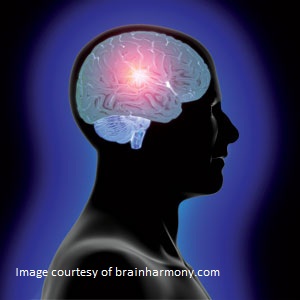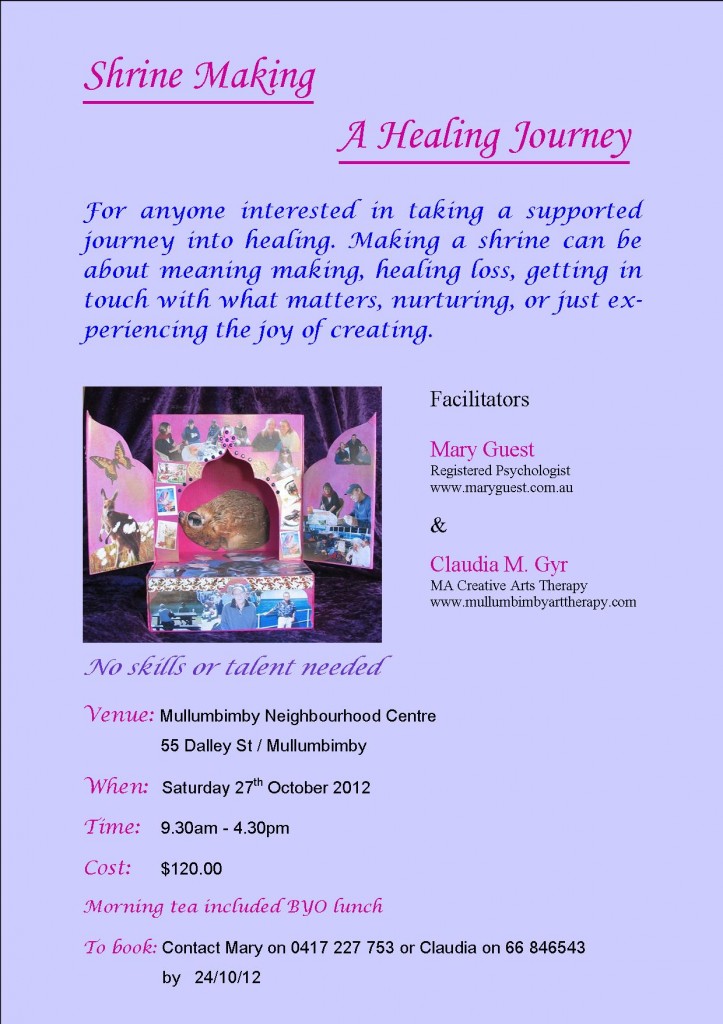Mindfulness
Mindfulness and Neuroplasticity
 What exciting times we live in! Science is questioning the most fundamental believes surrounding materialism. To question the very structures we have built our life around, opens us to new choices not previously imagined.
What exciting times we live in! Science is questioning the most fundamental believes surrounding materialism. To question the very structures we have built our life around, opens us to new choices not previously imagined.
It seems like whatever we can imagine already creates new neural pathways in our brains. I am not an expert in these matters but have certainly taken a great interest. To me it confirms that we don’t need to continue feeling like a victim to our circumstances. Most of our blue prints are established in early childhood, when our brains were most impressionable. Some of these obviously are not serving us anymore as our circumstances change. To see and learn how we can change these unwanted and ingrained patterns is of course at the core of what most therapists would like to help their clients with.
I have had an inquisitive mind since I remember. I knew that if I could become aware of what drives my impulses and emotions I could then have some sort of control and choice in my life. In the process I also discovered that a deep acceptance of our experiences and feelings naturally invites changes. It seems to be a paradox but both are important for successful interventions in therapy.
The latest brain research explains these processes, making them more tangible and understandable from a biological point of view. This is fantastic news as we will be more motivated to learn how we can improve our lives by being mindful.
Our brains are a bit like a computer, we can learn to use it more efficiently if we understand the functions of it. Knowing that we have the choice of letting it run on automatic (running on the old programming) or using our power to change. With awareness and mindfulness we can reprogram our neural pathways and install better and more suitable programs for our present needs and situation.
What is remarkable is that now brain researchers are explaining that the brain and the mind may not be the same thing. It means that science is actually acknowledging consciousness.
It emphasises that we can look at how our brains and bodies are functioning but we don’t need to identify with anything in particular. And here of course we come very close to what spiritual teachers have taught us all along: that what we are is in essence beyond our thoughts, feelings or emotions. It is the awareness which encompasses all phenomena.
To come back to our metaphor of having a computer in our heads, there are no bad programs- just outdated ones. It is through our increasing awareness and mindfulness that the need to change arises. Patterns and reactions no longer serve us yet we can feel so stuck in our experience. Now we have extra encouragement from our scientists that the brain can change. A really popular book about this is: ‘The Brain That Changes’, by Norman Doidge M.D.
When clients have a basic understanding of the functioning of their ‘hard drive’ and awareness of the programs installed he or she will have the power to make informed decisions. I believe that it is essential for therapy to be part educational and part experiential.
I know this sounds a little pragmatic and I don’t discount in any way the power of supportive relationships. Evidence shows that empathy and connection is still one of the most important factors for clients to make positive changes. It is the two important factors: love/connection and awareness/mindfulness, which bring more peace and joy to our lives. What science now adds to the equation is that this is actually healing and re-patterning our brains. We now can justify and explain what we intuitively and experientially knew all along.
To practice mindfulness in our daily lives increases body awareness which puts us back into the driver seat, not in the sense of manipulating outer circumstances but in the way we respond to them. Our frame of mind shapes the way we see the world.
The awareness of the sensations in our bodies are really the navigating tools to know what programs are installed. Often we are not in touch with these as we have become over-focused and too dependant on our reasoning and thinking (which is often trauma related.) The amazing thing is that we don’t need to necessarily relive all the past pains. Peter Levine (specializing in trauma resolution) has shown us that with empathetic support and awareness of body sensations our organism regains naturally a balanced nervous system which is essential in living a fully engaged life.
Knowing how a systems runs installs some kind of trust in it. The most crippling factor is often that we are afraid of our feelings and emotions and that cuts us off, not only from the most important navigation tool we have; our bodies, but also from the sense of connectedness to others and the world. This is often the underlying cause of stress, anxiety, depression, addiction and other symptoms, and will certainly effect all our relationships.
It is affirming to have some explanations, not only for the benefits of mindfulness practices, but also for Psychotherapies and all forms of self enquiry. It helps to clarify and demystify these processes and as a result I believe we will be more inclined to be interested and reap their benefits.
We don’t need to be sick before we attend to our mental well being. Our state of mind is the most important factor in being able to experience joy, happiness and well-being in our lives.
It is not what we experience but how we respond to it that creates our experience of our selves. The information our body gives us (e.g. sensations, feelings and emotions) is neutral in itself and transitory. To define ourselves by this information greatly limits us in our responses and views.
These are very liberating facts if we are curious enough to explore them, not only intellectually but also experientially. These ‘understandings’ are moving us from reaction to conscious responding. This is the gift of living mindfully.
Dr. Dan Siegel explains: “Mindfulness creates space between impulse and action.” Dan Siegel has written some very interesting books about mindfulness and neuroplasticity. If you would like a little taste of what he has to say click the U-Tube below.
Mindfulness and Somatic Experiencing
For most of us peace and happiness seem to be dependent on certain circumstances. It takes a lot of effort trying to change and manipulate situations and people around us. I would even say that most of us are busy all day doing just that, and when things don’t turn out the way we want them to we feel upset and disempowered.
However, there are ways in which we can experience some peace within ourselves despite what happens around us. Our bodies and nervous systems do respond pretty immediately to the thoughts and images we hold in our minds.
Sometimes we seem to get stuck in negative thought patterns and we can’t see the choices open to us. We do have a choice in moments of self-reflection and mindfulness practices. The choice to go either with thoughts and images which give us peace, or go with thoughts that keep us imprisoned, is ours in each moment, if we cultivate awareness of those choices.
I know from my own experience that this simple fact seems at times out of one’s reach, especially in the rushed times we live in. So yes it does take practice but the good thing is that these moments of peace can be felt immediately to some degree and have an cumulative effect on our brain patterns (as did the negative ones). Since the old habits have been there for a while they have a gravitational pull, so it is about introducing new more desirable habits, which we can experience directly.
Our body is a fine instrument with which we can feel, sense and therefore monitor what we hold in our minds and observe how that affects our state of well-being. As we become more aware of this fact we tend to follow what feels good more often quite naturally.
You can test this immediately for yourself, right now, because I am sure that you are tired of more theories and promises of becoming happier further down the track.
Take a minute and think and imagine something that really nurtures you- a place or a person, which makes you feel good. Or perhaps it is something you do or are good at. Try out a few things and give your body time to absorb the thoughts and images, or smells and sensations, which come with this experience. (The body needs time to respond). Let it really sink in and notice the response, the sensations and little shifts in your body. You may feel the effects only in a small area so really let it permeate spread to other areas of the body and let yourself enjoy it. It is important to work with tangible things and really feel and sense the effect in one’s body. The more you do it the more you will feel calm and relaxed, enjoying who you are. I have found that as little as 10 minutes in the morning can have a big positive impact on my day.
Therapist and writer, Peter Levine calls this kind of process ‘resourcing’ and he explains that it is a way we can support our nervous system to naturally deeply relax (down regulate the nervous system). Peter Levine specializes in Trauma Resolution and explains that from this resourced place can we cope better with any life challenges and can actually slowly discharge and complete frozen trauma patterns and integrate new experiences. (for more details refer to his book “Waking the Tigerâ€.)
I believe that this kind of body-centered approach (often called a somatic approach) is absolutely vital in our journey to integrate body and mind.
I am grateful for all teachings that have influenced my work and my own inner journey, which include various ways of self reflection; mindfulness, somatic approaches, creative imagination and the creative arts.

